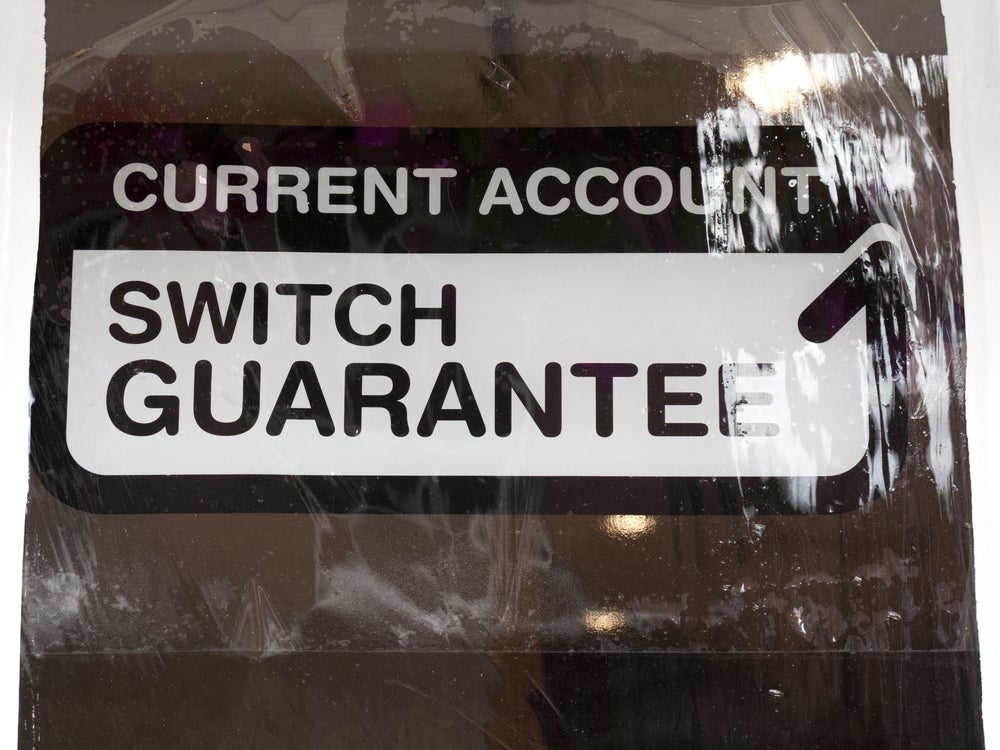Open Banking launches in the UK on 13 January.
At least, it launches this Saturday if you bank with the four banks who have met the Competition and Markets Authority (CMA) deadline: Allied Irish Bank, Danske, Lloyds Banking Group and Nationwide.
Five other banks will miss the deadline – HSBC, Barclays, RBS, Santander and Bank of Ireland – embarrassingly for them they had to request extra time to comply. So what is open banking? Here are seven things you need to know:
What’s it all about?
Open Banking enables retail banking customers and small businesses to share their data securely with other banks and with third parties, allowing them to compare products on the basis of their own requirements and to manage their accounts using regulated third parties to provide new and innovative payment services.
Is it compulsory?
Absolutely not. Customers have to opt in.
Why is it being introduced?
The CMA hopes that the advent of Open Banking will encourage customers to switch their main current account provider and drive down costs.
How well do you really know your competitors?
Access the most comprehensive Company Profiles on the market, powered by GlobalData. Save hours of research. Gain competitive edge.

Thank you!
Your download email will arrive shortly
Not ready to buy yet? Download a free sample
We are confident about the unique quality of our Company Profiles. However, we want you to make the most beneficial decision for your business, so we offer a free sample that you can download by submitting the below form
By GlobalDataThe regulator believes that the established, so-called incumbent banks, do not have to compete hard enough to win customers’ business and smaller and newer banks find it difficult to gain market share. That means that consumers are paying over the odds for their banking.
At the moment, a disappointingly low 3% or so of customers switch their main current account provider every year. The CMA believes that Open Banking can help to kick-start switching rates.
What sort of benefits will be offered?
The 9 UK banks will have to share product, branch and ATM data as well as what is termed Read / Write specifications. This will regulate companies to enable them, with the customer’s express permission, to access accounts and send payments.
This is all designed to help customers to see how their own bank has performed in comparison to other banks and to send out suitable periodic and event-based ‘prompts’. Examples include the closure of a local branch or an increase in charges, to remind their customers to review whether or not they are getting the best value and to switch banks if not.
How this will work in practice?
Open Banking will use APIs (Application Programming Interfaces) to share customer information securely.
Companies will be able to use open banking APIs to see consumers’ transaction information; they can tell consumers what they might save when considering the current account most suitable for them.
And will this really transform banking?
It depends who you ask. Advocates of Open Banking claim that this represents a revolutionary moment for the banking sector. They argue that it offers an exciting opportunity not just for established banks and consumers but for challenger banks and fintechs.
Sceptics point to a lamentable lack of consumer awareness. A survey from Which! suggested that 92% of consumers had not heard about what Open Banking.
The key question nobody can yet answer is will consumers be prepared to share their data? And will it heighten fears about the security of personal financial data?
So who will be the biggest winners?
In theory, the newer and more innovative challenger banks and fintechs. There is also scope for the established banks to cash in: they have deep pockets and the advantage of first mover advantage.






